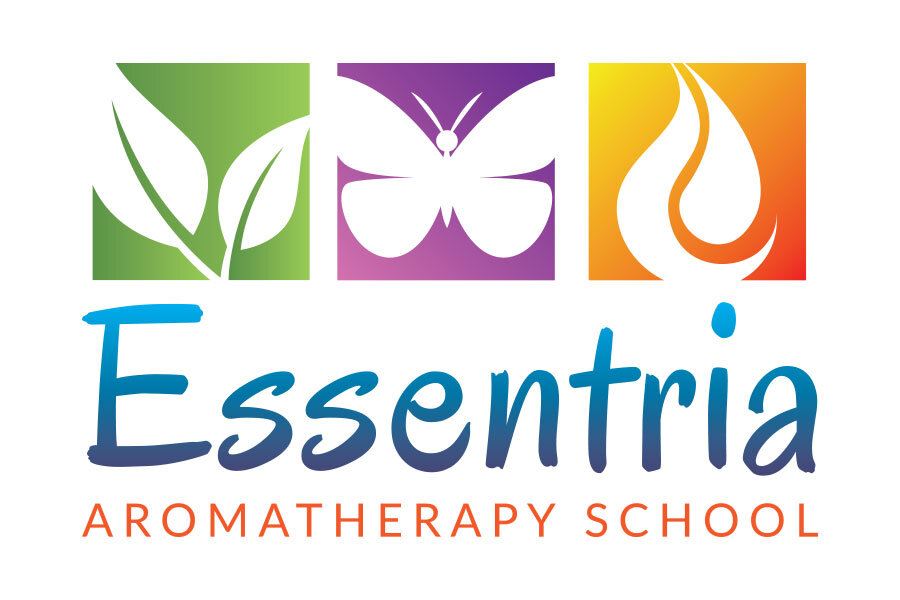Using Drops as a Measurement
In aromatherapy we often see “drops” used as the reference of measurement to blend or formulate botanical products (aromatherapy recipes!).
Are drops actually an accurate measurement?
Well sort of yes and sort of no.
Adults
For adults, producing smaller products drops is acceptable because the half or quarter drop variance isn’t going to change the recipe enough to matter. An example of a smaller application would be a single container of lotion, a roller bottle, an aroma inhaler, and generally most single use products.
Infants & Elderly
For infants and the elderly, because the dilution rates with topical products is much lower, and should start around 0.25 - 0.5%, it is best to consider making a larger product and then dividing it into smaller portions. An example of this would be if you wanted to make a 0.5% essential oil 5 ml roller. You would need to make a 10ml product and divide it into the 5ml roller, because you can’t measure 0.5 drop in actual drops.
Health Canada suggests a drop should be equal to 0.05 ml.
This means that 20 drops are equal to 1ml.
In Canada the average orifice reducer may be different from other countries and this would explain why aromatherapists in other countries may suggest the average drops are more.
It's also worth noting that some essential oils come with different sized orifice reducers because of the viscosity of the oil, such as Myrrh.
We also know that sometimes it’s easier to get oil out with a dropper. This is an option, but that drop may not measure the same as a drop from the orifice reducer (and we don’t suggest keeping a dropper on your essential oils either).
Professionals weight their Essential Oils in Product Formulation
This is why professionals actually suggest weighing the essential oil, and to prevent inaccuracies in calculations, we suggest you weigh everything. Alternatively you can measure it in mls or litres.
If you are professionally developing an actual line of products, either cosmetics or natural health products, your measurements will need to be clearly measured in weight or ml, Health Canada will not accept drops as a measurement. So if you intend to create a line of products, invest in the proper measuring tools.
If you want to create products that you can legally sell in Canada, we offer a mini-course to explain the importance of this and help guide you correctly. Please check out our Health Canada Approach to Product Formulation course for more information! This course can save your business hundreds of hours making mistakes that new businesses do, give you clear answers to what will and will not work for your intended future product line and clarify some of the confusion on the Health Canada process. We also include useful links to help you navigate this process.
Learn more with our:
LEARN MORE WITH ESSENTRIA
Want to learn more about how to use essential oils in your home? Check out our free no strings attached online course here.
Plus consider joining us in our Facebook group Love Essential Oils with Essentria where we post tips and tricks on how to use aromatherapy safely in your daily life.
Want to learn more about how to become an aromatherapist, check out our certification courses and bundles offered online here.


